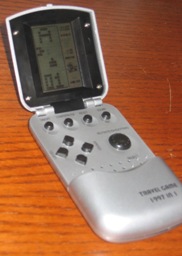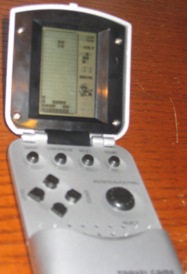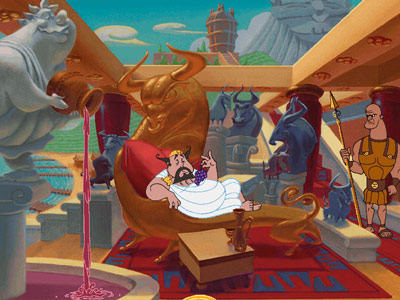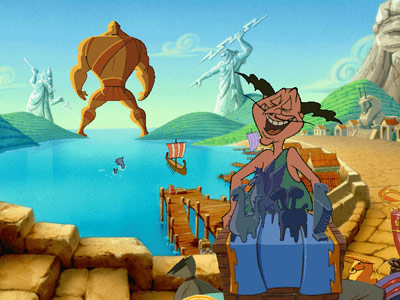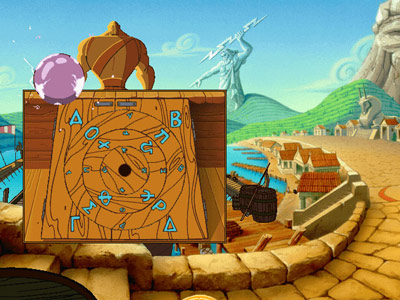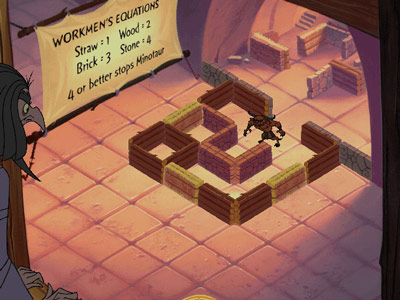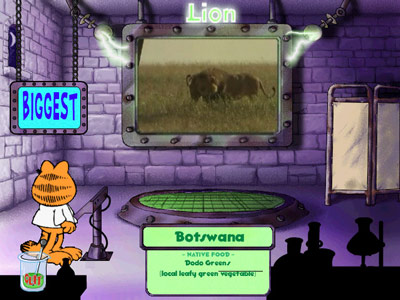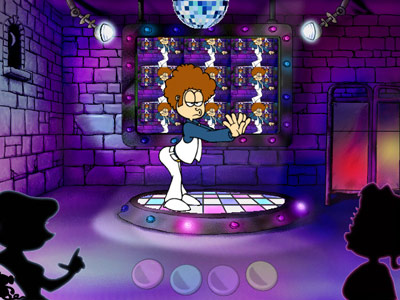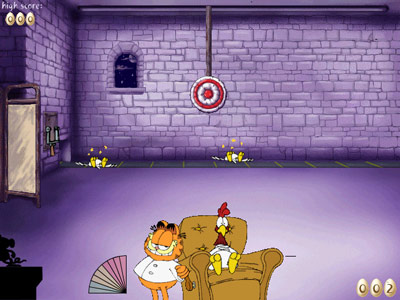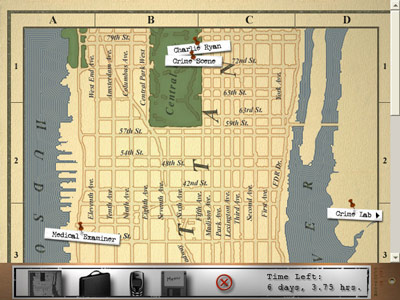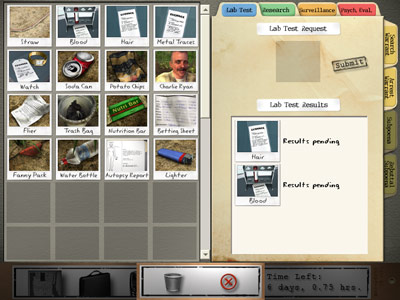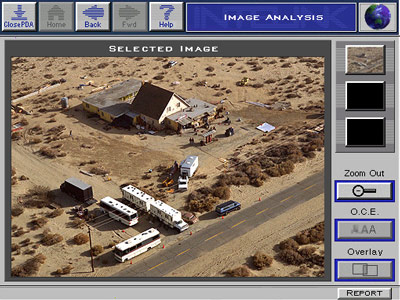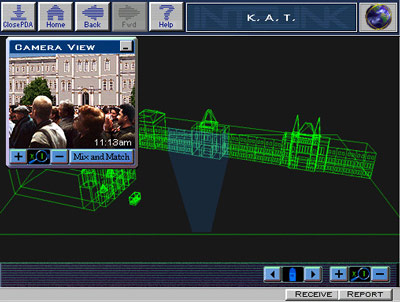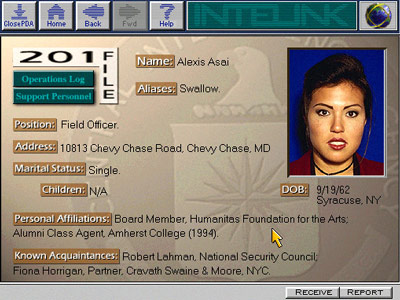Today’s game is another Hasbro board game transposed into a computer game, along the same line as Operation. This is Clue, and unlike Operation, it is the classic game directly transposed into a computer game with no added value. Like Operation, however, this game came in a box of General Mills cereal and the disc implores us to collect “them” all. I’m not entirely sure how many there are but a little googling on the topic of “general mills hasbro cd-rom promotion” reveals that The Clue and Operation titles must have run as parts of separate promotions.
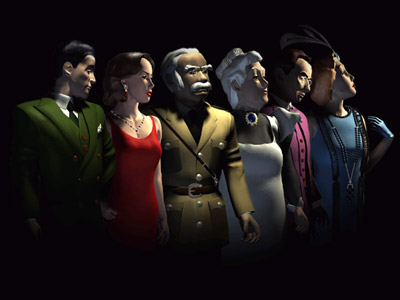
My first task is to determine whether this game is the same as the Clue title that is already in MobyGames, which bears the full title of Clue: Murder at Boddy Mansion. The extended title is not featured anywhere in this game. But based on some screenshots I found on some other sites, this appears to be the same game (it was difficult to determine since there is an assortment of graphical quality levels).
The game comes in quite a few languages including US & UK English, German, French, Spanish, Italian, Dutch, and Swedish. Various bits of the localization point to the Clue/Cluedo dichotomy, the latter being the game’s name in Britain and perhaps elsewhere in Europe. I would like to know if it’s pronounced as “cloo-doo” or “cloo-doh”.
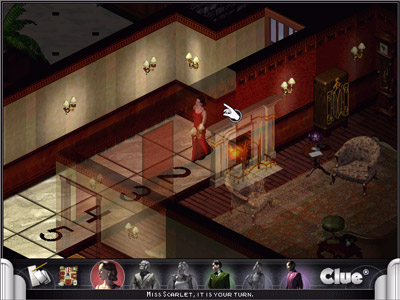
As previously indicated, the game is simply a direct adaptation of the classic board game onto the computer screen. At least 3 characters need to play. It can be just you against 2-5 computer players. It can even be 3-6 computer players, if you’re simply the voyeuristic type. There is TCP/IP-based multiplayer with other human players, if you’re really willing to go through that much trouble. At the highest detail levels, the graphics are beautifully rendered but terribly confusing with all the translucent walls. Regrettably, the game actually looks much better, or is less madness-inducing, if you play with all the graphical gimmicks shut off.
All in all, this game hearkens back to an era where anything digital was greeted with uncritical, wide-eyed wonderment. Those were the days. These days, the schtick wears thin really quick and you’re much better off with the original board game which is still quite common to come by.

The game features a number of Cinepak/PCM AVI files that depict the 6 differents characters committing a ghastly murder with each of 6 possible weapons (thankfully, the designers felt it unnecessary to also show each scene in each of the 6 possible rooms). The weirdest movie is how they handle the initial card shuffle. Remember that at the beginning of a Clue game, you randomly select the guilty party, the weapon, and the room where the crime was committed. The other cards are shuffled and dealt to the player. How to handle it in this game? With special ghost hands whose hands deal fate. Observe:
One more fascinating bit of trivia about this particular CD-ROM: iTunes thinks that the disc is Kelly Clarkson’s Thankful album. The CD hashing algorithm experienced a collision and it mapped to Kelly’s album. However, there are 4 very nice redbook audio tracks on the disc, ripe for the rip.
